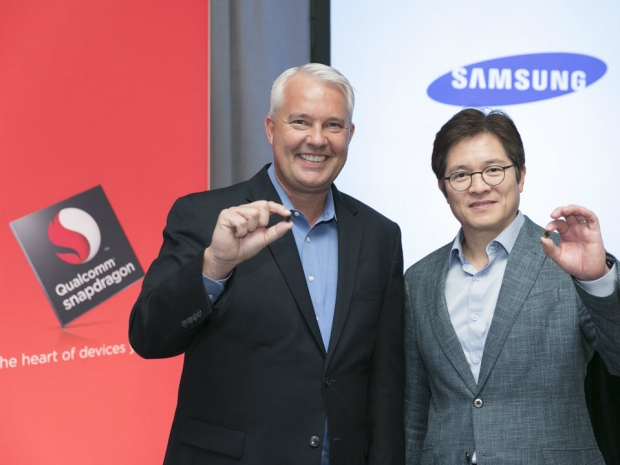Intel had its share of problems with 10nm, and Qualcomm pumped out a chip just months after Samsung announced its 10nm FinFET manufacturing process. Both Samsung and TSMC were aiming for late 2016 volume production on 10nm and the fact that Qualcomm committed with its flagship product means that it has to manufacture tens of millions of SoCs for the high end phones that will define 2017.
Snapdragon 835 is the world’s first 10nm chip. With 10nm the SoC has a smaller footprint, and can be packed with more transistors per square millimeter and still get better power performance. The extra space means better CPU, GPU or DSP performance, a faster modem and all these three elements define a modern SoC such as Snapdragon 835.
Intel’s Cannon Lake is a bigger chip and its higher TDP makes it different from the Snapdragon 835 mobile SoC. Intel wants a much higher TDP. It starts with 5W for the Core M and goes all the way to 130 W for the high end desktop or server. A mobile SoC such as Snapdragon 835 stays in the 2.5 to 5W TDP range to fit phones or tablets.
Snapdragon 835 carries on the success wave which started with the Snapdragon 820 and 821, which won 200 design wins. We still don’t know how Qualcomm counts its design wins but we were told that a design win is not just a different color or memory configuration.
Qualcomm’s Snapdragon 835 announcement is also a slap in the face of Apple, Huawei, Samsung and MediaTek. Being first counts in this market. We expect to see Samsung and MediaTek announcing their 10nm SoCs while Apple's A10 will be 16nm. Huawei just announced its Kirin 960 in 16nm FinFET too. This is the best that the number two and number three companies by phone volume can do.
Intel exited mobile SoCs after spending billions in failed investments. It currently struggles to get into some of emerging markets such as automotive, drones and other IoT related markets. This is where intel wants to grow and it is going to have a fight on its hands for 5G dominance. This is something we heard from Samsung, MediaTek, Huawei, Nokia, Ericsson and many other chip or network manufacturers.
Being the first in 10nm and reaching customers in first half of 2017 is an important statement. And it comes only weeks after Qualcomm acquired NXP for $47 billion , a strategic move that gives the company a much stronger footing in IoT and automotive markets.




